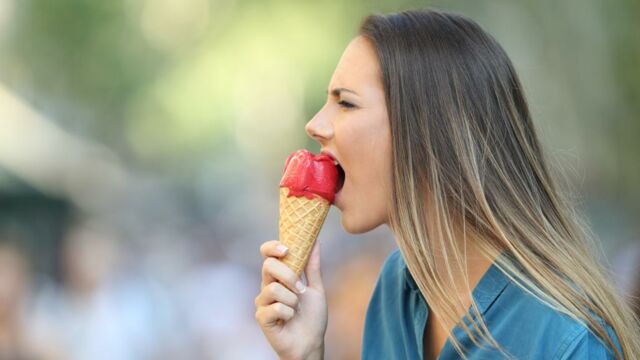Especially this summer, many have experienced this phenomenon at least once: After quickly enjoying ice cream or ice-cold drinks, stabbing pain shoots into our heads, but usually subsides a few seconds later. This common phenomenon is scientifically known as sphenopalatine ganglioneuralgia, or brain freeze as we know it.
Discover our latest podcast
The study
The key factor that triggers the headache is probably the speed at which the food or drink is consumed. In the experiment conducted in 2002, almost 30% of the test subjects complained of sudden pain, who had eaten the ice cream in under 5 seconds. Among the slower eaters, it was only 17 %. which gave the obvious conclusion that cold things should be enjoyed slowly in order to prevent this.
Cause of brain freeze
A very small study at Harvard Medical School with 13 participants has now led to speculations about the causes of ice cream headaches. The cause of the pain is probably an abrupt increase in blood flow in the anterior cerebral artery. The reason for this is, that after the artery contracts, the unpleasant feeling disappears again.
This is probably our brain's way of protecting itself. The pain is a warning signal and the increase in blood flow is a protective mechanism to keep this highly sensitive organ warm when it is very cold, according to Stern as informed by the neurologist Jorge Serrador.
Finally, the dilation of the artery creates a pressure that we perceive as a headache. So if you want to eat your favourite ice cream without pressure, it is better to do so at a moderate pace or drink room-warm drinks afterwards. Another possibility is to warm up the food on the palate first.
This article was translated from Gentside DE.
Sources used:
HarvardMedical School, 'What causes ice cream headache?'
Stern, 'Warum wir von kalten Lebensmitteln und Getränken Hirnfrost bekommen'
Read more:
⋙ What are cluster headaches? Here are the symptoms of one of the most painful conditions
⋙ Migraine: How to tell if you’re having more than just a headache















